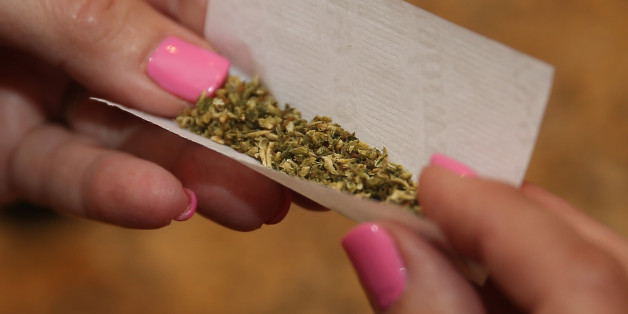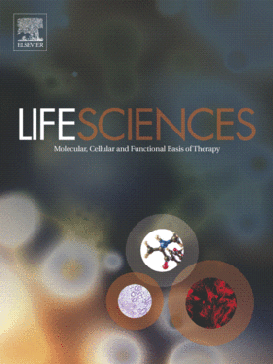
“Daily activities involve frequent transitions between habitual behaviors, such as driving home, and goal-directed behaviors, such as driving to a new destination on unfamiliar roads. An inability to shift between habitual and non-habitual behaviors has been implicated in obsessive-compulsive disorder (OCD), addiction, and other disorders characterized by impaired decision-making.
In a new study conducted with mice, scientists report that endocannabinoids, natural messengers in the body that are chemically similar to the active compound in marijuana, play an important role in how the brain controls this fundamental process.
The National Institute on Alcohol Abuse and Alcoholism (NIAAA), part of the National Institutes of Health, funded the study.
“The new findings point to a previously unknown mechanism in the brain that regulates the transition between goal-directed and habitual behaviors,” said George F. Koob, Ph.D., NIAAA director. “As we learn more about this mechanism, it could reveal how the brain forms habits and, more specifically, how both endocannabinoids and cannabinoid abuse can influence habitual behavior pathophysiology.” A report of the findings is now online in the journal Neuron.
Previous work in NIAAA’s Laboratory for Integrative Neuroscience suggested that reduced activity in the brain’s orbitofrontal cortex (OFC) underlies habit formation. Endocannabinoids are known to generally reduce the activity of neurons. In the current study, the authors, hypothesized that endocannabinoids in the OFC could be playing a key role in habit formation. The researchers used a newly developed procedure that allowed them to probe the brain mechanisms involved when a mouse shifts from goal-directed to habitual actions. By chemically inhibiting the activity of neurons in the OFC, they disrupted goal-directed behaviors and the mice relied on habitual actions instead. David Lovinger, Ph.D., chief of the NIAAA Laboratory for Integrative Neuroscience, Rui Costa, Ph.D., D.V.M., from the Champalimaud Centre for the Unknown in Lisbon, Portugal, and first author Christina Gremel, Ph.D. from NIAAA and the University of California, San Diego led the research team.
“Mice were trained to receive a food reward in two different ways,” said Dr. Lovinger. “One way required the animal to respond out of habit, while the second way demanded it to perform behaviors that were goal-directed.”
When Dr. Lovinger and his colleagues selectively deleted a particular endocannabinoid receptor, called cannabinoid type 1 (CB1), from OFC neurons, they found that mice that lacked these receptors did not form habits, but used goal-directed responses to receive the food reward. Animals with intact CB1 receptors preferentially used habitual responses to obtain the food reward. The authors say the new study points to a molecular mechanism through which endocannabinoids promote the formation of habits by reducing the flow of information in the OFC.
“Endocannabinoids appear to act as a brake in the OFC, allowing for habit formation,” said Dr. Gremel, an assistant professor of psychology and affiliated with the Neurosciences Graduate program at UCSD. “Our results suggest that alterations in the brain’s endocannabinoid system could be blocking the brain’s capacity to ‘break habits’ as observed in disorders that affect switching between goal-directed and habitual behaviors.”
The authors concluded that their findings demonstrate the existence of parallel brain circuits that mediate goal-directed and habitual behaviors. Drugs of abuse and neuropsychiatric disorders can affect decision-making by changing the balance between habitual and goal-directed actions. In particular, these mechanisms could help explain how cannabis drugs such as marijuana affect memory and decision-making.
The new findings suggest that strategies that target the brain’s endocannabinoid system might restore this balance and alleviate suffering in disorders involving these processes.”
https://www.nih.gov/news-events/news-releases/study-reveals-central-role-endocannabinoids-habit-formation?source=acsh.org










